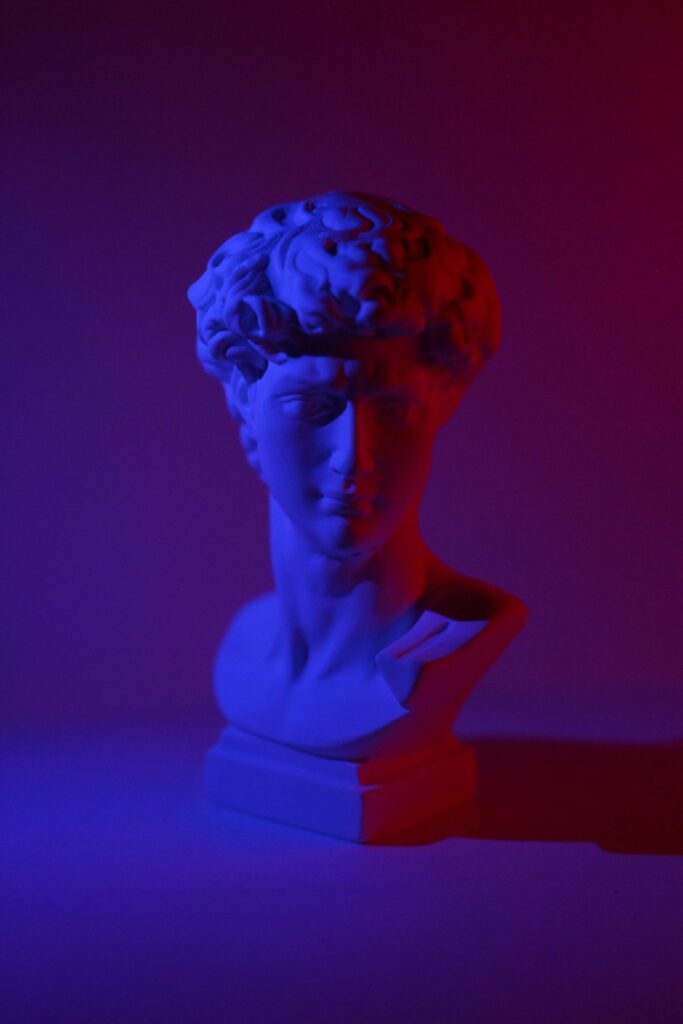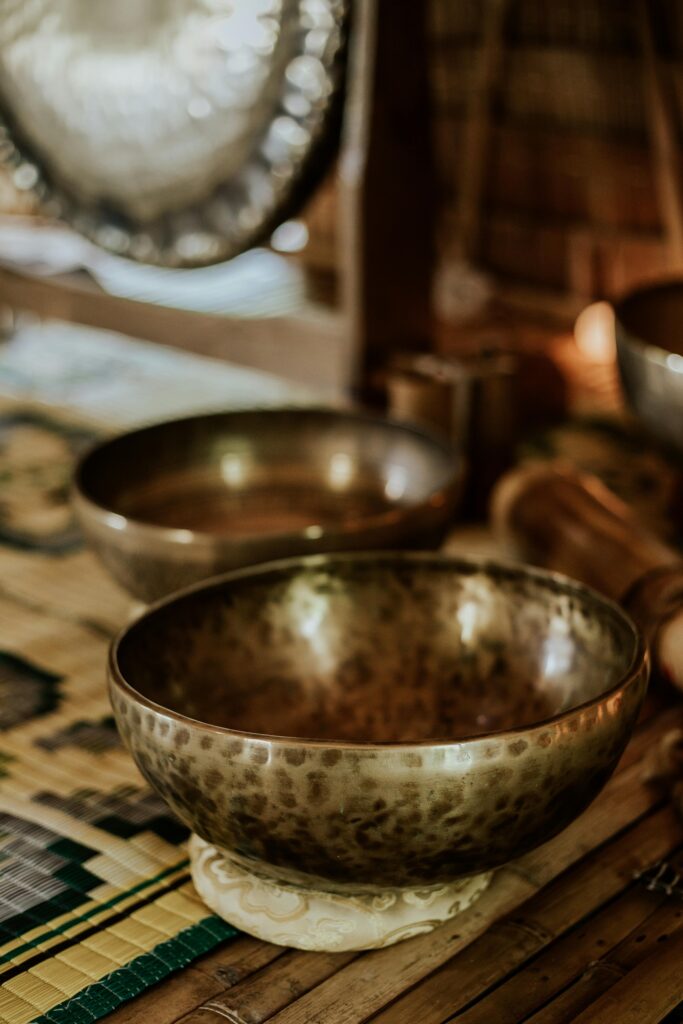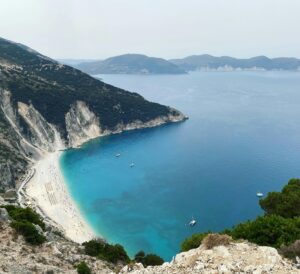
Bronze: A Noble Material with Ancestral Roots
Bronze, an alloy of copper and tin, is one of the oldest materials ever used by mankind. This emblematic material had a profound effect on history during the Bronze Age, a key period between 3300 and 1200 B.C. Essential to ancient civilizations, it was used to make tools, weapons, objets d’art and statues. Even today, craftsmen appreciate bronze for its strength, durability and unique patina, which gains lustre over time.

Its history: From Mesopotamia to Ancient Greece
The history of bronze begins in Mesopotamia, where the first objects were created around 3300 BC. Sumerian civilizations discovered how to forge this alloy to revolutionize agricultural tools and weapons. Its use soon spread to Egypt, China and Greece.
In Greece, bronze marked the rise of the Minoan and Mycenaean civilizations, symbolized by refined works and advanced tools. These societies mastered the art of this material to produce sophisticated objects that reflect their technical and artistic prowess.
Bronze in Greece: A Material at the Heart of Art and Architecture
Bronze reached its apogee during the Greek classical period. Sculptors used it to create immortal masterpieces, such as the “Zeus of Artemision”. This strong, malleable alloy enabled realistic details to be captured with exceptional precision.
Casting techniques, in particular lost-wax casting, made it possible to create strikingly realistic statues. These sculptures, depicting gods and heroes, symbolized both religious beliefs and remarkable technical prowess.
The Diffusion of Bronze across Europe and the Near East
Bronze spread rapidly thanks to trade networks linking Europe, the Near East and the Mediterranean. Copper-rich Cyprus became a major production center, supplying craftsmen in Anatolia and Central Europe.
Cultures such as Hallstatt and Urnfield thrived on this alloy. They produced a variety of objects, from swords to jewelry and agricultural tools. These commercial exchanges strengthened the links between civilizations and enabled
Manufacturing Techniques Through the Centuries
Bronze production combines metallurgy and craftsmanship. The process begins with the extraction and smelting of copper and tin. In ancient Greece, craftsmen used the lost-wax technique to create finely detailed, realistic sculptures.
This method involves sculpting a wax model, which is then covered with a mold. After melting, the wax is replaced by liquid bronze, producing a unique, detailed work of art. This process, still in use today, reflects the ingenuity of ancient metallurgists.
The Bronze Age: A Period of Technological and Social Progress
The Bronze Age marked a period of great technological advances. Bronze tools improved farming practices, increasing production and fostering the growth of cities.
In Greece, palaces such as Knossos bear witness to this prosperity. Military innovations, such as swords and armor, also transformed combat techniques, giving the civilizations of the time a strategic advantage.

Transition to the Iron Age: The End of an Era
Around 1200 BC, iron gradually replaced bronze for tools and weapons. This change was prompted by the depletion of tin deposits and the increased availability of iron.
However, bronze has retained its prestige for decorative and ritual objects. In classical Greece, it remained the material of choice for statues and ornaments, perpetuating its heritage over the centuries.
Bronze in Modern and Contemporary Art
Bronze has stood the test of time, remaining an essential material in art. In the 19th century, artists such as Rodin used it to create iconic works. Even today, it is prized for its ability to capture fine detail and its exceptional durability.
Contemporary sculptors appreciate its unique patina, which adds depth to their creations. It continues to be a symbol of elegance and craftsmanship in modern art and architecture.
Recognizing Quality Bronze: Keys to Authenticity
Quality bronze is distinguished by its golden color, which evolves into a green or brown patina over time. Antique objects often show traces of natural oxidation, while modern imitations are often made from less noble alloys.
Weight is also an indicator: bronze is dense and heavy, unlike materials such as brass. Last but not least, meticulous detail and an even texture are the hallmarks of an authentic, long-lasting bronze object.
The Durability of Bronze: A Material for Eternity
Bronze offers exceptional resistance to corrosion, enabling it to withstand the test of time. Ancient statues still visible today are a perfect illustration of this longevity.
In art and architecture, its durability and aesthetics make it an essential material. Each object crafted in bronze tells a story and reflects a timelessness that sublimates this noble material.
| Greece | Crete | | Products Ouzo | Moussaka | Boutique | Greek salt | Santorini | Spanakopita recipe | Greek soap | Kastellorizo | Souvlaki recipe | Greek bronze | Feta cheese | La Tapenade | Chania | Taramasalata recipe | Corfu |




